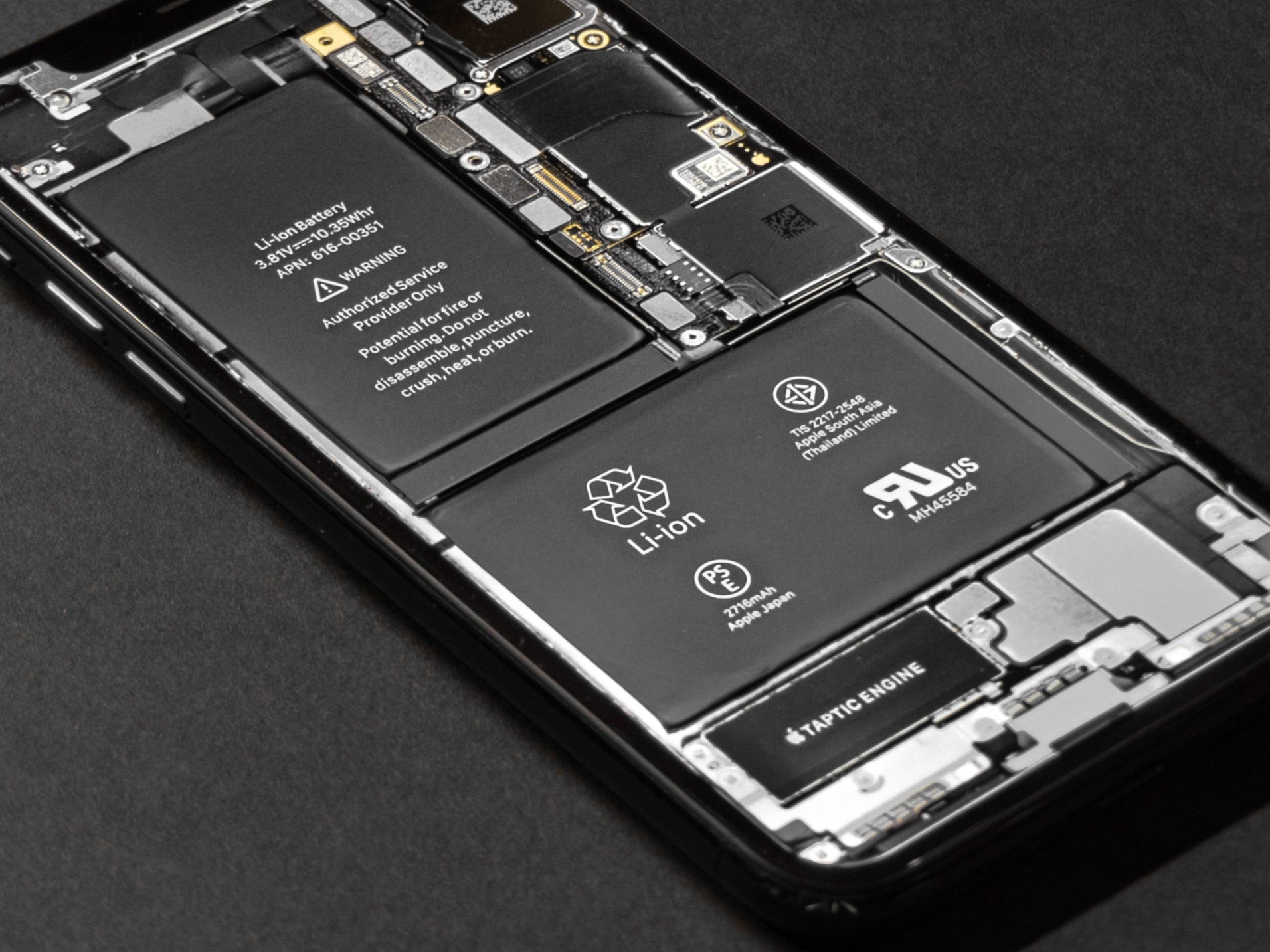
When it comes to investing in a new phone, one of the common questions that often arises is how long the device will last. With technology advancing at a rapid pace, it’s natural for consumers to be curious about the lifespan of their new purchase. While there is no definitive answer to how many years a new phone will last, several factors can influence its longevity.
These factors include the build quality, software updates, and the user’s handling and maintenance of the device. Additionally, technological advancements like battery lifespan improvements and increased durability have significantly extended the lifespan of modern smartphones.
In this article, we will delve into the various aspects that impact a phone’s longevity and provide insights into how you can maximize its lifespan. So, if you’re eager to know how long your new phone will last and how to make the most of its lifespan, keep reading!
Key Takeaways
- Understanding the average lifespan of a new phone is crucial for making informed purchasing decisions.
- Several factors influence the longevity of a phone, including build quality, software updates, and user habits.
- On average, a new phone can last between 2-3 years before it starts to show signs of degradation.
Inside This Article
- The Importance of Build Quality
- The Impact of Software Updates
- The Influence of User Habits
- The Role of Storage Capacity
- The Significance of Battery Life
- Conclusion
- FAQs
The Importance of Build Quality
One of the key factors determining the lifespan of a new phone is its build quality. Phones made with high-quality materials and robust construction tend to last longer than those with cheaper components. Premium smartphones often feature durable glass or metal bodies, which can withstand daily wear and tear better than plastic.
Additionally, water and dust resistance ratings play a role in determining how long a phone can last. Phones with higher IP ratings are more likely to withstand accidents involving water or dust, increasing their lifespan.
The Impact of Software Updates
Regular software updates are essential for maintaining a phone’s performance and security. Manufacturers release updates to fix bugs, improve system stability, and provide new features. However, older phone models typically receive fewer updates than newer ones, which can lead to slower performance and compatibility issues over time.
When considering the lifespan of a new phone, it is important to choose a brand or model known for providing extended software support. This ensures that your phone will continue to receive updates for a longer duration, optimizing its performance and extending its lifespan.
The Influence of User Habits
How a user treats their phone can significantly impact its lifespan. Rough handling, dropping the phone, or exposing it to extreme temperatures can cause internal damage that affects its functionality. Additionally, the frequency of charging and discharging the battery, as well as the type of charging cables used, can influence the battery’s health and lifespan.
Proper care and maintenance, such as using a protective case, regularly cleaning the phone, and avoiding excessive heat or moisture, can help prolong the life of a new phone.
The Role of Storage Capacity
The storage capacity of a phone can impact its lifespan and performance. As applications and software updates become more demanding, phones with smaller storage capacities may struggle to handle the increased workload, leading to slower operation and decreased longevity.
Choosing a phone with ample storage or utilizing cloud services to offload data can help maintain the phone’s performance and extend its usage lifespan.
The Significance of Battery Life
Battery life is a crucial factor in determining how long a new phone can last. Over time, a battery’s capacity naturally decreases, resulting in shorter usage times between charges. Additionally, excessive use of power-hungry apps, frequent charging cycles, and inadequate charging habits can accelerate battery degradation.
Understanding and implementing proper battery charging practices, such as avoiding overcharging and keeping the battery charged between 20% and 80%, can help preserve the battery’s health and extend the lifespan of the phone.
Conclusion
In conclusion, the average lifespan of a new phone can range from 2 to 3 years, depending on various factors. The build quality, software updates, user habits, storage capacity, and battery life all play a role in determining a phone’s longevity. By considering these factors and investing in a phone with high build quality, extended software support, and practicing proper maintenance and charging habits, users can maximize the lifespan of their new phone.
FAQs
Q: How can I extend the lifespan of my phone?
A: To extend the lifespan of your phone, ensure you handle it with care, use a protective case, clean it regularly, avoid exposing it to extreme temperatures, and follow proper battery charging practices.
Q: Can software updates extend the lifespan of a phone?
A: Yes, regular software updates can improve the performance and security of your phone, thus extending its lifespan. Look for brands or models that provide extended software support.
Q: What role does battery life play in the lifespan of a phone?
A: Battery life is crucial in determining a phone’s lifespan. Proper battery charging practices, such as avoiding overcharging and maintaining the battery between 20% and 80%, can help preserve its health and longevity.
Q: Do phones with larger storage capacities last longer?
A: Phones with larger storage capacities tend to handle increasing workloads better, which can contribute to better performance and longevity. However, proper data management and using cloud services can also help maintain the performance of phones with smaller storage capacities.
Q: Is water resistance important for the lifespan of a phone?
A: Phones with water resistance ratings typically have better chances of withstanding accidental water damage, thus potentially extending their lifespan. However, it is still important to handle all phones with care and avoid exposing them to excessive moisture.
